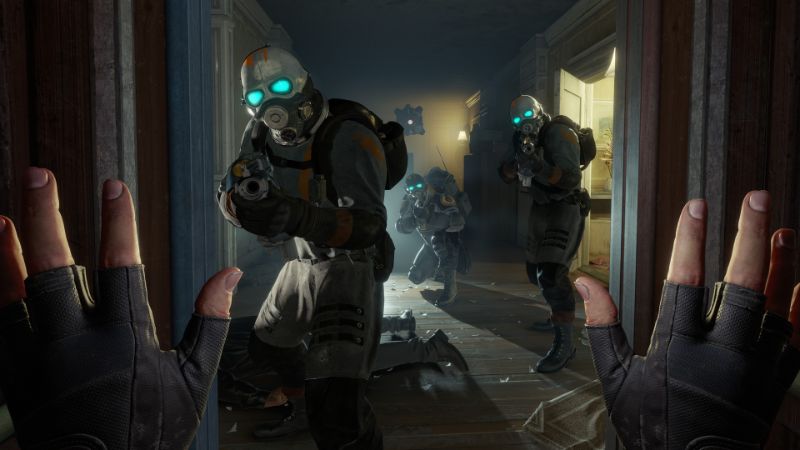Users of VR applications have been plagued by the so-called VR sickness, where the users experiences nausea while interacting with a virtual world. An obvious reason for this was found in the delay from a user's action (such as rotating the head) to the rotation happening on the VR headset's display. Headset developers have worked hard to minimise this delay for local applications.
But the computing power of VR headsets is small, and a separate high-end computer is needed for scene rendering to experience complex worlds in high resolution. It is obviously desirable to use a remote computer for this job. New network technologies such as 5G promise "ultra-low latency", where it is common to hear values in the order of 1-2 ms mentioned. This promises to avoid nausea in VR applications that is caused by network delay.
At the same time, today, people already play high-end VR games such as Half-Life: Alyx, streaming the content from a PC via their WiFi network to a VR headset, or even in some cases using a PC in the cloud such as ShadowPC (not available in Norway).
How is this possible? Surely, the delay is large in such a setup.
Is it perhaps the user's engagement with the game that overcomes the penalty due to the high latency? Is it the view of the avatar's hands and weapons? Does the 6 degree of freedom (DoF) motion of modern VR headsets improve the situation compared to older 3DoF headsets that tracking rotation but not motion?
This master thesis intends to be a "reality check". We want you to investigate how little latency really is needed for an immersive VR experience. This will likely involve programming a small "toy" example of a game for a Meta Quest 2 headset to compare it with a commercial game (such as Half Life: Alyx). You will test with several application properties including artificially produced delay in a network emulator to investigate the limits of tolerable latency, and conduct a user studie of streamed PCVR applications.
Requirements: programming skills, interest in VR (we have some headsets), and... a good stomach.
